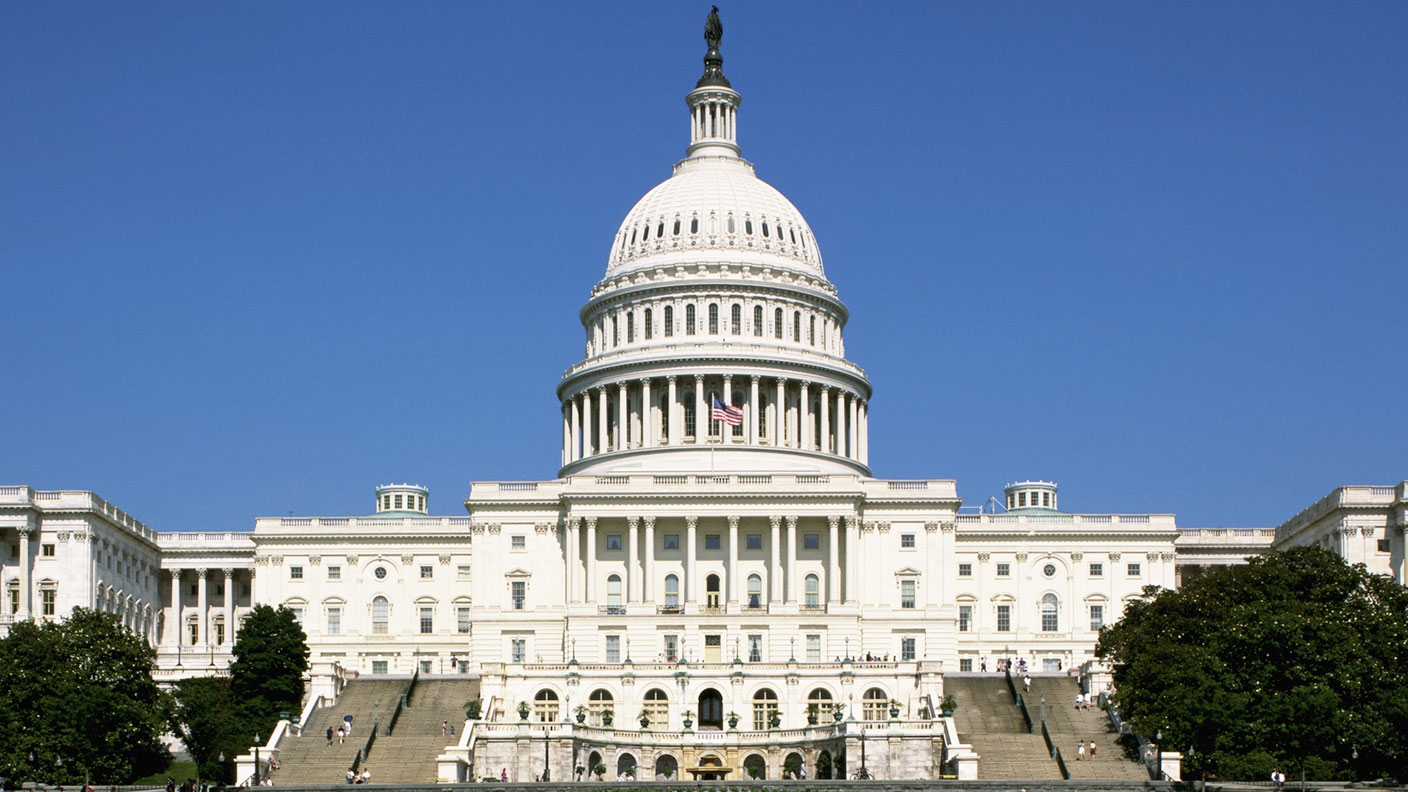The bond bubble keeps inflating
Most major stockmarkets remain down on the year, but government bonds continue to gain ground.

In times of crisis, investors traditionally look to bonds to cushion the pain. Most major stockmarkets remain down on the year, while government bonds have gained ground. The yield on the US ten-year Treasury has fallen from 1.8% at the start of January to about 0.7%. Germany’s ten-year Bund yield has fallen further into negative territory, down from -0.22% to almost -0.5%.
Bond yields move inversely to prices, so falling yields imply capital gains for bondholders. The yield on the US two-year Treasury fell to a record low of 0.105% at the end of last week.
The bond market is being driven by two key forces: higher government spending and central banks’ quantitative easing (QE), says Emily Barrett on Bloomberg. On the one hand, governments are issuing vast new tranches of bonds in order to pay for pandemic rescue measures. The US government is preparing to issue a record $96bn in new bonds over the coming weeks to finance an annual deficit ballooning towards $4trn.
MoneyWeek
Subscribe to MoneyWeek today and get your first six magazine issues absolutely FREE

Sign up to Money Morning
Don't miss the latest investment and personal finances news, market analysis, plus money-saving tips with our free twice-daily newsletter
Don't miss the latest investment and personal finances news, market analysis, plus money-saving tips with our free twice-daily newsletter
Bond investors would usually demand higher yields to fund all that new spending, but this effect is being counteracted by vast QE, with central banks soaking up much of the new bond supply with printed money. The Federal Reserve has bought $1.5trn in US bonds over the past two months, while the Bank of England has expanded its QE programme by £200bn.
One reason that investors are willing to pay up for bonds with such low yields is that they do not have many other low-risk places to put their cash. Interest rates sit at just 0.1% in the UK and are negative in the eurozone.
Futures markets show that traders think there is a chance American rates could also turn negative by the end of the year, says Justin Lahart for The Wall Street Journal. In such a severe crisis you should “never say never”.
Get the latest financial news, insights and expert analysis from our award-winning MoneyWeek team, to help you understand what really matters when it comes to your finances.
Alex is an investment writer who has been contributing to MoneyWeek since 2015. He has been the magazine’s markets editor since 2019.
Alex has a passion for demystifying the often arcane world of finance for a general readership. While financial media tends to focus compulsively on the latest trend, the best opportunities can lie forgotten elsewhere.
He is especially interested in European equities – where his fluent French helps him to cover the continent’s largest bourse – and emerging markets, where his experience living in Beijing, and conversational Chinese, prove useful.
Hailing from Leeds, he studied Philosophy, Politics and Economics at the University of Oxford. He also holds a Master of Public Health from the University of Manchester.
-
 Why you fear money – and how to fix it: MoneyWeek Talks
Why you fear money – and how to fix it: MoneyWeek TalksPodcast MoneyWeek's digital editor, Kalpana Fitzpatrick, speaks to financial psychotherapist Vicky Reynal about how to change your money mindset for the better.
-
 How cancelling unused direct debits could boost your pension by £37,000
How cancelling unused direct debits could boost your pension by £37,000A new year refresh of your spending could save you money and help boost your pension pot.
-
 Halifax: House price slump continues as prices slide for the sixth consecutive month
Halifax: House price slump continues as prices slide for the sixth consecutive monthUK house prices fell again in September as buyers returned, but the slowdown was not as fast as anticipated, latest Halifax data shows. Where are house prices falling the most?
-
 Rents hit a record high - but is the opportunity for buy-to-let investors still strong?
Rents hit a record high - but is the opportunity for buy-to-let investors still strong?UK rent prices have hit a record high with the average hitting over £1,200 a month says Rightmove. Are there still opportunities in buy-to-let?
-
 Pension savers turn to gold investments
Pension savers turn to gold investmentsInvestors are racing to buy gold to protect their pensions from a stock market correction and high inflation, experts say
-
 Where to find the best returns from student accommodation
Where to find the best returns from student accommodationStudent accommodation can be a lucrative investment if you know where to look.
-
 The world’s best bargain stocks
The world’s best bargain stocksSearching for bargain stocks with Alec Cutler of the Orbis Global Balanced Fund, who tells Andrew Van Sickle which sectors are being overlooked.
-
 Revealed: the cheapest cities to own a home in Britain
Revealed: the cheapest cities to own a home in BritainNew research reveals the cheapest cities to own a home, taking account of mortgage payments, utility bills and council tax
-
 UK recession: How to protect your portfolio
UK recession: How to protect your portfolioAs the UK recession is confirmed, we look at ways to protect your wealth.
-
 Buy-to-let returns fall 59% amid higher mortgage rates
Buy-to-let returns fall 59% amid higher mortgage ratesBuy-to-let returns are slumping as the cost of borrowing spirals.